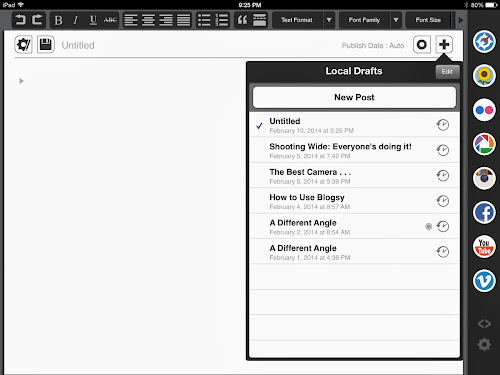My only experience with getting news from a scanner was from inside an ambulance as I and another accident victim were being transported to the hospital. The ambulance driver was about to make a turn onto the street to take us to the hospital when he called the report it. At that moment he turned the wrong way. Not only did he turn away from the hospital, but he also gave an erroneous report of what caused the industrial accident. He was able to make a U-turn back toward the hospital, but his initial report stood. Later that day, the radio reported on the accident, giving the erroneous details of the accident over the air. The next morning, the small-town newspaper was delivered. Like the radio report, the story the paper printed was likewise based on false “facts” that came from a harried ambulance driver who was going the wrong way.
MISINFORMATION
The point of this story is that not one of the so called news professions in that town took the time to check the facts of a report that came over a scanner, made by a driver who at the time had one too many things on his mind. If a news professional doesn’t bother to check the facts, what is the average person going to do when they listen in on a scanner frequency? Or when they read a Twitter feed, for that matter?
You can probably guess from that story, I’m not a big fan of people who pass information off as news simply so they can have the “thrill of being first,” without first checking the facts. And when it comes to social media, who are the fact checkers? Let’s face it—it has to be us, the information consumers. In some cases there may be no one else to do it. Besides, do we want to trust someone else with such an important task?
In the recent events at Bundy Ranch in Nevada, reports came fast and furiously via Facebook, YouTube, and Twitter, as well as by a few more traditional news sources. I will admit to feeling on top of the events as I watched a shaky YouTube video on my Facebook feed that showed a protester getting tasered by the police (or sheriff and/or deputies, as the case may be), for momentarily blocking a truck leaving the Bundy Ranch. I knew I was watching the event hours before any TV news source would pick it up, if they did at all.
But the amount of misinformation coming out of the Nevada Desert will take days if not weeks to sift through, before we have the complete story. In our local online St. George News, columnist Dallas Hyland recently posted this timely article, "Searching for truth in the misinformation age."
Now keep in mind that I usually disagree with about 75% of what this person writes. But I figure if we saw everything the same, one of us wouldn’t really be needed. And in case you don’t want to read his article, here are his take-away points:
• Examine carefully what you hear
• Listen to what those you disagree with have to say
• Be honest and accepting
• Be nice. (It’s not that hard to do, and the rewards are worth it.)
POLARIZATION
I will admit it—the zing does get you going. But one obvious problem I see with this is the zing tends to polarize us even more. People seem to, by their very natures, embrace the information that most matches their current beliefs, and discount all other information. So if you're pro-government, you see the armed mob and say, "That's exactly why the government has weapons." If you're pro-citizen, you see the armed government employees and say, “That's exactly why citizens need weapons."
Steven Strauss, a 2012 advanced leadership fellow at Harvard, spoke of this when he said, “(Americans) believe what we want to believe, and we selectively filter out information contradicting our preferences.” This leads to polarization. He also said Americans were less likely to experience this back in the 1960’s when we got our “news from one of three TV networks and local newspapers were often a monopoly.” You can read the full article here.
DWINDLING EMPATHY
The constant stream of news does have other drawbacks, especially when we receive news on our handheld devices 24/7. A report from CNN tells us that streams of information from social networking sites are coming at us so fast that the human brain’s “moral compass” isn’t able to process the information fast enough. This can make us indifferent to the pain and suffering of others, by numbing of our sense of morality.
The study shows that while the brain can respond quickly to the signs of the physical pain of others, it takes longer to process and show compassion. And the study points out that this is even more damaging for the pliable, developing brains of the youth of our society.
CONCLUSION
The best fiction always does have the zing of authenticity. This works great for fiction—it has to get us to buy into the story quickly so we’ll suspend our disbelief long enough to stick around for the rest of the story. But when it comes to our news, I rather have all the facts, and nothing but the facts, even if it takes a little longer. I think the facts are always worth waiting for. Don’t you?


















